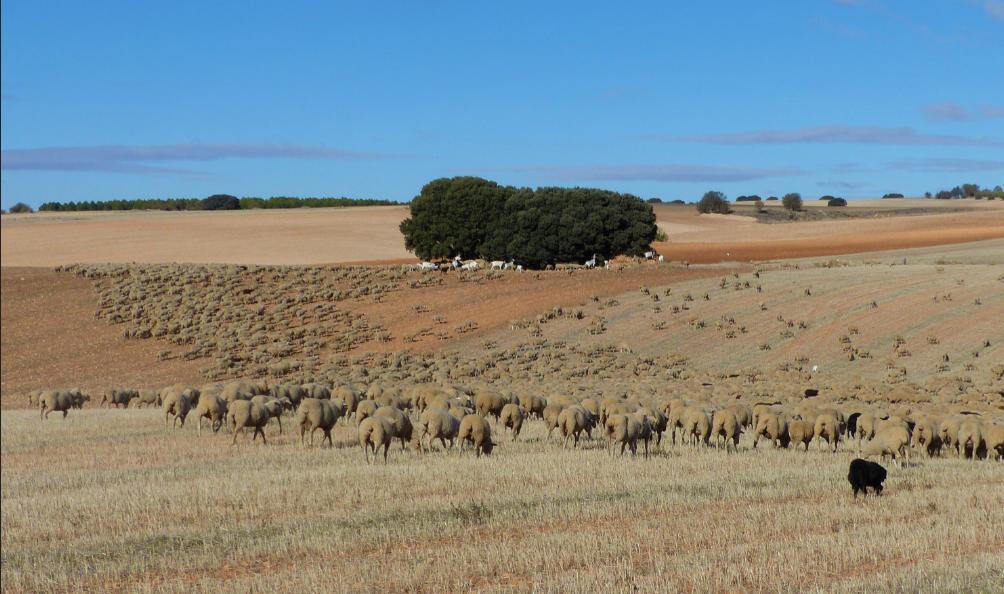Anaemia Associated Disorders in Sheep
A special issue of Animals (ISSN 2076-2615). This special issue belongs to the section "Small Ruminants".
Deadline for manuscript submissions: closed (30 July 2022) | Viewed by 34881
Special Issue Editors
Interests: pathology; diseases; sheep health management
Special Issues, Collections and Topics in MDPI journals
Interests: welfare and pathology of small ruminants
Special Issues, Collections and Topics in MDPI journals
Special Issue Information
Dear Colleagues,
A wide variety of disorders can lead to anaemia in sheep, and the achievement of an accurate diagnosis may become complex. In-depth knowledge of these disorders is essential to determine the aetiology of the anaemia, establish a prognosis and implement effective therapeutic and preventive measures.
Nutritional deficiencies of trace minerals (Fe, Cu, Se, Co) and vitamin B12 are important causes of anaemia in sheep, and parasitic diseases, mainly those caused by haemoparasites and transmitted by ticks (babesiosis, anaplasmosis and theileriosis), lead to this problem too. In addition, poisoning by toxic plants and chronic copper poisoning are also causes of anaemia. Other diseases, such as enterotoxaemia by Clostridium perfringes type D or leptospirosis, should be considered when anaemia is present. Of course, any other disorder that causes bleeding should not be ignored.
We encourage you to share new information about any disorder that can lead to anaemia in sheep.

Dr. Delia Lacasta
Dr. Aurora Ortín
Guest Editors
Manuscript Submission Information
Manuscripts should be submitted online at www.mdpi.com by registering and logging in to this website. Once you are registered, click here to go to the submission form. Manuscripts can be submitted until the deadline. All submissions that pass pre-check are peer-reviewed. Accepted papers will be published continuously in the journal (as soon as accepted) and will be listed together on the special issue website. Research articles, review articles as well as short communications are invited. For planned papers, a title and short abstract (about 100 words) can be sent to the Editorial Office for announcement on this website.
Submitted manuscripts should not have been published previously, nor be under consideration for publication elsewhere (except conference proceedings papers). All manuscripts are thoroughly refereed through a single-blind peer-review process. A guide for authors and other relevant information for submission of manuscripts is available on the Instructions for Authors page. Animals is an international peer-reviewed open access semimonthly journal published by MDPI.
Please visit the Instructions for Authors page before submitting a manuscript. The Article Processing Charge (APC) for publication in this open access journal is 2400 CHF (Swiss Francs). Submitted papers should be well formatted and use good English. Authors may use MDPI's English editing service prior to publication or during author revisions.
Keywords
- sheep
- anaemia
- haemolysis
- haemorrhage
- erythroid hypoplasia







